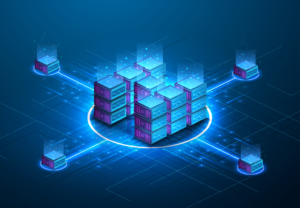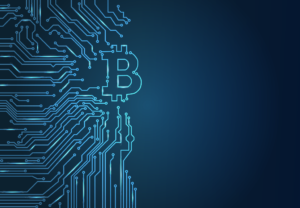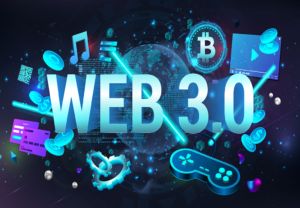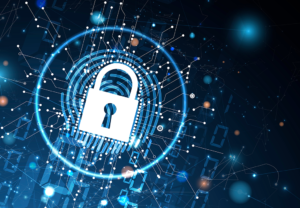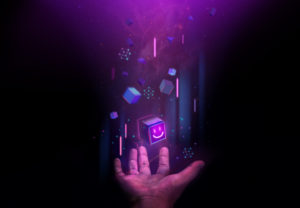Blog
The Foundation of Web3 Blockchain
The internet system we have now is overly centralized. A very small pool of people controls where the internet goes and who has access to it. They continue their control because under our current web there is no alternative.
The internet we have now is known as Web2, and many people believe this next phase called Web3 could become as big or more prominent than Web2. To understand why, you need to know the technology.
That technology is blockchain.
The internet, a brief history
Web3 is named after a retroactive viewing of the internet. Experts now split the internet into a simple Web1, Web2, and Web3 to separate the generations.
Web1 was a purely informational system, as you could only intake information.
Web2 added entirely new functions: transactions and creation. Web2 created a new dynamic in how we live our lives, including how we interact and how we purchase. However, this new dynamic was centralized among the biggest players. Facebook, Google, Amazon, Twitter, and others determine how we lived on the internet and had access to all our data.
Web3 is set to introduce a new system: the ability to interact with the internet and still own your own data and work. It decentralizes everyday digital transactions through the blockchain — and that’s why you need to know about blockchain technology to understand Web3.
What is a Blockchain?
A blockchain is essentially a network ledger that stores transaction information. These transactions are stored into blocks and, once one block is filled, the information is sent to the next one in the chain. This process chains one block to the next, hence the name blockchain.
The blockchain gave way to a trustless transaction system.
Blockchain: The Peer-to-Peer Network
One of the main problems under Web2 is the need for a middleman in nearly every instance. For example, when you make purchases with a card, you’re interacting with your bank, the company that gave you the card, and the recipient.
The blockchain eliminates all but the sender and the recipient, with no middlemen and no trust that the system will function as intended it’s a trustless peer-to-peer system. Here’s how it works…
Two people come to an agreement and then submit that agreement onto the blockchain. The blockchain uses data “miners” that verify the data sent is legitimate. This process ensures the transaction is real and both parties uphold their deal. However, people are not the ones mining the data, it’s their computers.
A decentralized blockchain uses a computer, which is called a node, and then uses each node to create a system of processing power. These nodes power the various transactions going into the chain.
To ensure the chain couldn’t be manipulated, a small fee was added to blockchain transactions, which could be as low as a penny. This one penny ensures a malicious agent can’t run a program infinitely to clog the processing power of the chain forever.
The blockchain system gave rise to crypto which in turn created new applications on the internet. To learn more about crypto, you can click here or come to the W3BX event.
W3BX
The W3BX Expo will teach you everything about Web3 and how to capitalize on the opportunity. Learning more about blockchain now means more opportunities later when it is more widely adopted — and you will already have a wealth of knowledge. Web2 opened up the dot-com boom, Web 3 may cause a similar boom, but you have to be first to take advantage.
Get your tickets now before we sell out!



